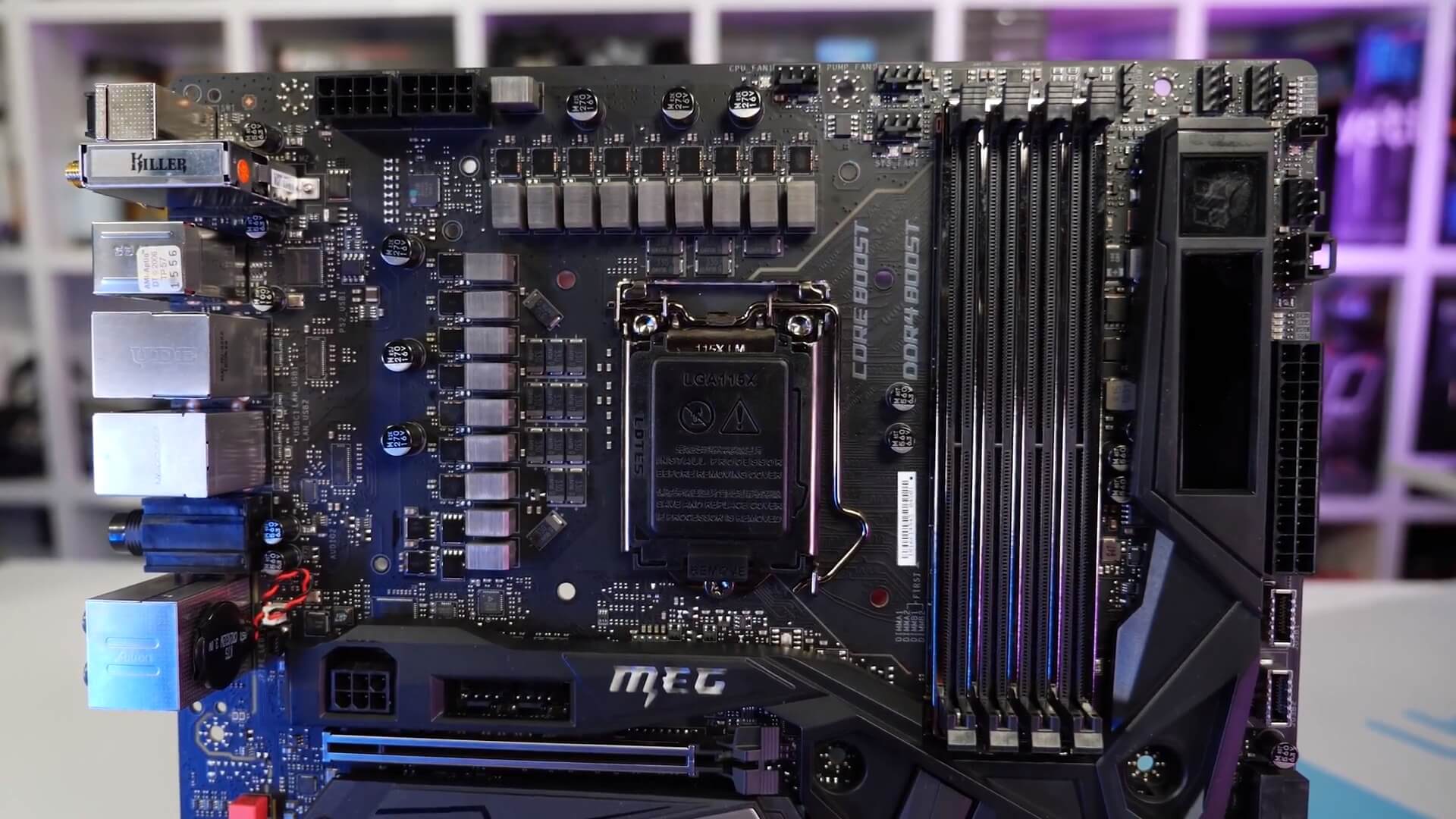Benchmarking the i9-9900K with unlimited and 95-watt limited results might show two very different sides of the same CPU. Since the Core i9-9900K reviews went live, a few strange anomalies have been spotted, mostly relating to its power and thermal performance...
https://www.techspot.com/news/77313-do-need-re-review-core-i9-9900k.html
